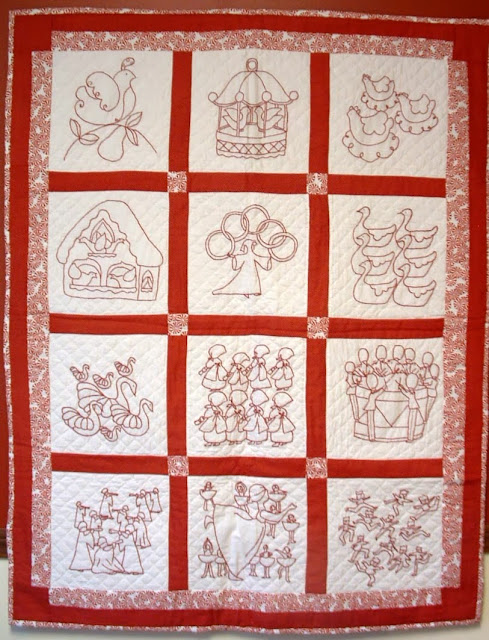 In 1978 at Temple University I took an honors seminar on Jane Austen taught by Prof. Toby Olshin. I enrolled in the class because my first year at Temple, in a class on literary criticism, Prof. McFadden told us we should take three courses: the year long honors seminar on Austen, the honors seminar on James Joyce's Ulysses, and the course on John Milton. I took them all, and they were great classes but Olsen's Austen was the real life changer.
In 1978 at Temple University I took an honors seminar on Jane Austen taught by Prof. Toby Olshin. I enrolled in the class because my first year at Temple, in a class on literary criticism, Prof. McFadden told us we should take three courses: the year long honors seminar on Austen, the honors seminar on James Joyce's Ulysses, and the course on John Milton. I took them all, and they were great classes but Olsen's Austen was the real life changer.We read all of Jane's works, published and unpublished. Our small class of eight did a careful line-by-line reading. My textbooks are full of notes. The second semester covered her letters and juvenilia and her literary influences. I later bought an 1894 edition of Austen's complete works, including her letters. And later my husband gave me the Oxforn edition of her complete works.
Jane was not always the cultural phenomenon she is today. She had a modest following in her lifetime and some years afterwards. She pretty much fell off the radar then. Mark Twain disdained her! Her first rediscovery came a hundred years ago after her novels were republished, and a 1911 essay by A.C. Bradley brought Austen into the realm of academic study. With the rise of the Women's Movement, Jane's works were reevaluated and brought into new light.
Jane's second rediscovery came with movies based on her novels, and today she has Fan Fiction galore because we can't get enough of Jane. Darcy is a modern heartthrob!
I designed and made two quilts based on Pride and Prejudice, an applique and Redwork version. I wrote about them in a post some time ago. http://theliteratequilter.blogspot.com/2012/02/pride-and-prejudice-story-book-quilt.html
I have the patterns available on my Etsy store Rosemont Needle Arts.
https://www.etsy.com/shop/RosemontNeedleArts?ref=l2-shopheader-name
Prof. Olshin helped us gain a full understanding of the world Jane lived in. We studied Georgian material culture and visited Philadelphia Georgian houses. When puce gloves were worn by a character, we knew what color they were. She was a Freudian, and brought depth psychology into our understanding of the novels, including evaluating readers responses. We loved Jane for her social satire, her irony, her biting commentary that dissected society's foibles and skewed values.
Because I graduated in 1978, I had to audit the second half of the class in the fall semester. It does not appear on my transcript nor did I receive any credit or grade.
One member of our class went on to become an award winning singer songwriter! Julie Gold's song "From a Distance" won song of the year in 1991. When I knew her she was singing in venues like Kyber Pass in Philadelphia. http://juliegold.com/
Class member Vincent Schiavone's mom had created Aid for Friends, a meals-on-wheels program that provided cooked meals for shut-ins. http://articles.philly.com/1994-03-02/food/25849942_1_food-aid-meals-food-assistance and http://www.aidforfriends.org/index.cfm?active=1
I wish I could remember the other class members.
Professor Olshin died in 1981 at age 41 after a long battle with cancer. Her obituary called her teaching style "dynamic". When a student poll gave her the highest marks for teaching, she said "I love to teach, I love students, and I love literature." The last time I saw her was in 1980. My husband and I were on the Temple campus walking and we ran into her. I have always credited her to be one of the most important teachers I have had the privilege to study under.

























